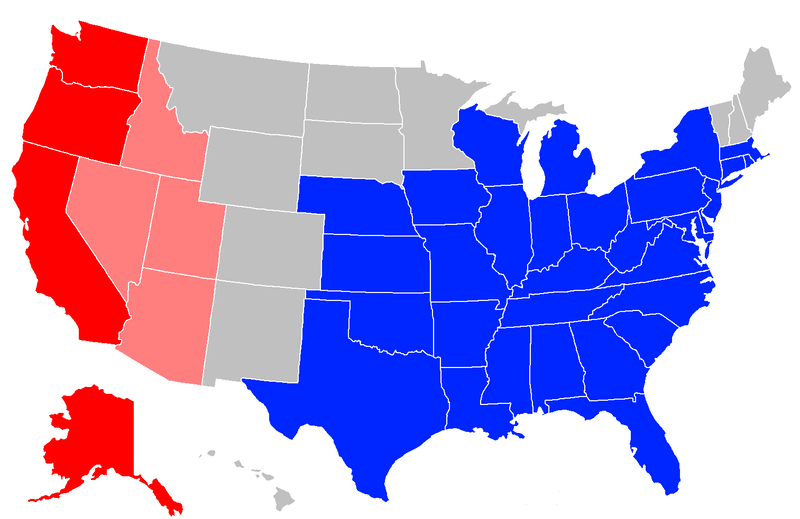Key to US Scolopocryptops
Table of contents
Note: I originally wrote this key as an iNaturalist journal post in 2023. The underyling taxonomy hasn't changed, but this version includes figures, updated explanatory text, and a consolidated key.
Scolopocryptops is a genus of medium-sized centipedes in family Scolopocryptopidae. Six species are native to the US and Canada, and can be quite abundant where present. Many other species are found elsewhere, especially in Central and South America, and are not treated here apart from the genus diagnosis.
☆ A glossary at the end of this post defines the morphological terms used throughout.
Genus diagnosis: eyeless; 23 body segments; ultimate legs straight, slender, and unmodified – i.e., not pincer-like or subdivided. The number of body segments distinguishes the family Scolopocryptopidae from Scolopendridae and Cryptopidae, while the form of the last legs distinguishes this genus from others in the family (none of which are common in the US).
Distribution
Scolopocryptops species in the US are split neatly into western and eastern groups, approximately across the 100th meridian, with a gap in the center of the country where none are found. The key provides more details about each species' range.
Key to species
Western species ⟶ 2
Eastern species ⟶ 3
Complete dorsal paramedian sulci beginning on tergites 2-3. Orange color. Southwest BC through CA to northwestern Baja California, with an extension into southwest UT through southern NV and northwest AZ, and a pocket in ID ⟶ gracilis
Incomplete dorsal paramedian sulci, extending no more than 1/3 total tergal length from posterior margin. Reddish orange or brown color. Southwest BC to southern CA along Pacific coast ⟶ spinicaudus
Complete dorsal paramedian sulci beginning on tergites 3-7 ⟶ 4
Incomplete dorsal paramedian sulci, extending no more than 1/3 total tergal length from posterior margin ⟶ 5
Pale yellowish color. Moderately dense hair on 2nd antennomere. NYC to eastern KY and northwestern NC ⟶ peregrinator
Red to reddish orange color. Moderately dense hair on 2nd antennomere. Southern MI and WI south to northern TX ⟶ rubiginosus
Red to orange color. Dense hair on 2nd antennomere. Entire eastern US: eastern NE south to TX and east to the Atlantic, south to FL, north to NY and southern tip of Ontario ⟶ sexspinosus
Brownish color. Sparse hair on 2nd antennomere. Central PA south to FL panhandle, east to the Atlantic, west to Mississippi river up to southern IL ⟶ nigridius
Glossary
- Centipedes consist of a head followed by numerous body segments, each with one pair of legs. The dorsal surface of each body segment is a tergite. The first tergite behind the head is tergite 1, or T1.
- Dorsal paramedian sulci are parallel or subparallel grooves running lengthwise on either side of the midline of a tergite. When they extend the whole length of the tergite, they're said to be complete. Otherwise, they're incomplete and usually appear as notches towards the posterior margin; in some cases they may be nearly indiscernible.
Figure 2. Illustration of paramedian sulci, highlighted in red. A. incomplete. B. complete. - The ultimate legs (aka terminal or caudal legs) are attached to the final body segment. They aren't used for walking and typically extend straight out behind the body, but they still count towards the total number of legs. In life many centipedes lose one or both of these legs.
- Antennomeres are the small jointed articles that make up the centipede's antennae. They are numbered from 1 starting closest to the head.
References
- Shelley, Rowland (2002). A synopsis of the North American centipedes of the order Scolopendromorpha (Chilopoda). Virginia Museum of Natural History Memoir 5.